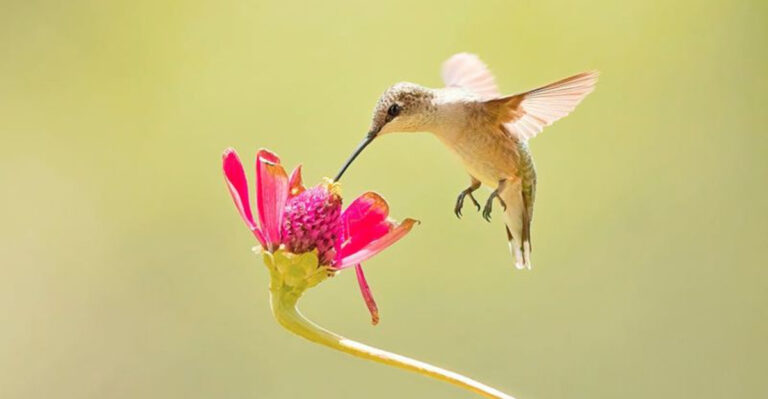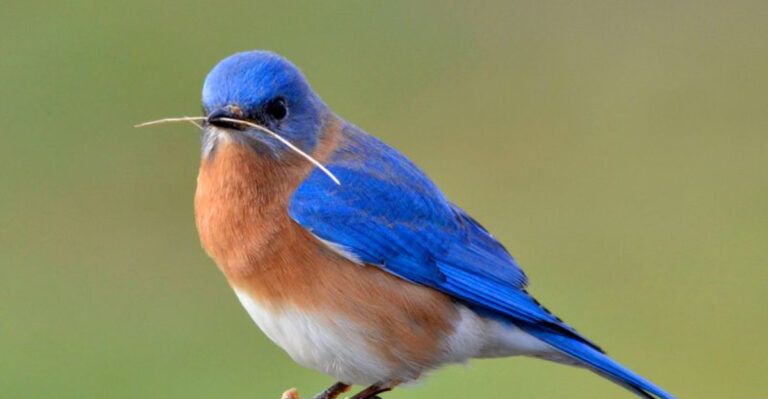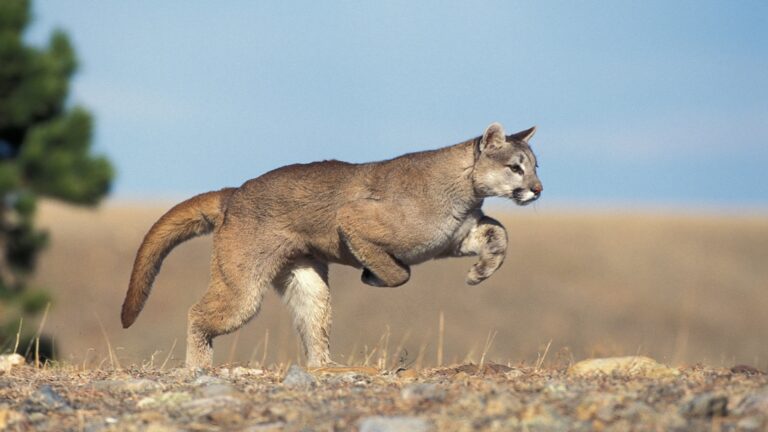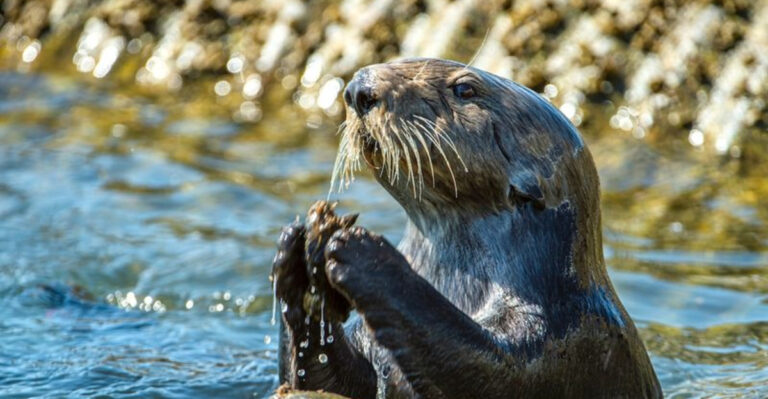17 Reasons Namibia’s Desert Lions Are True Masters Of Survival
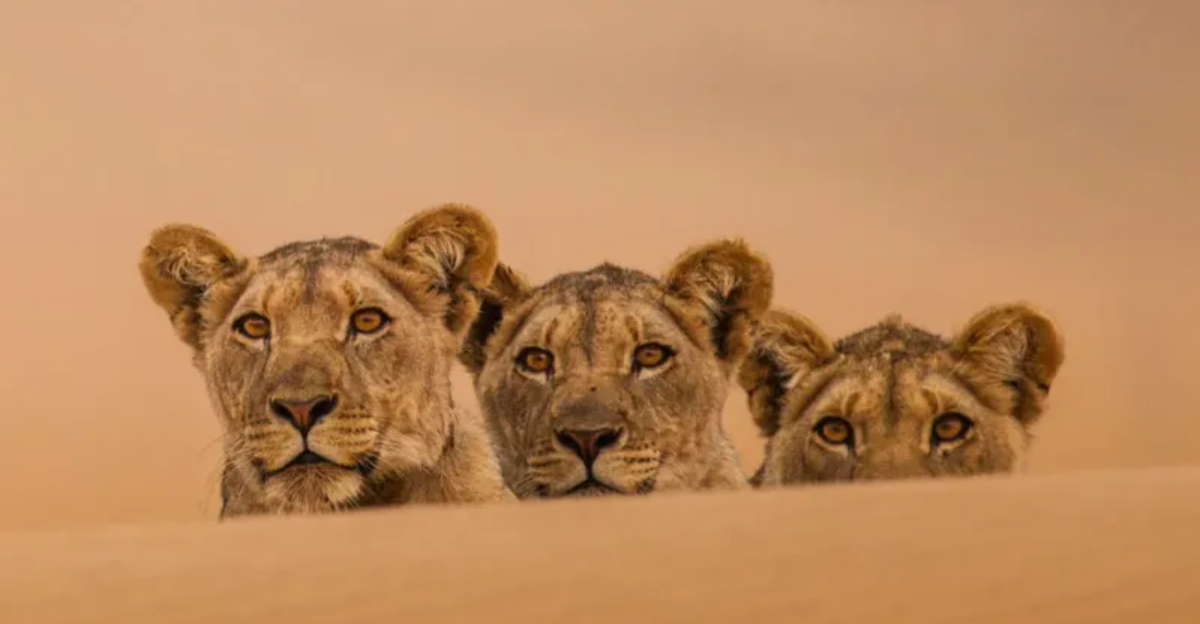
Life in the desert isn’t easy, but Namibia’s desert lions make it look like an art form. These incredible big cats have adapted to some of the harshest conditions on Earth without missing a beat.
From finding water where none seems to exist to hunting in scorching heat, their survival skills are next-level impressive. Let’s dive into what makes these desert kings some of nature’s toughest champions!
1. Desert Adaptation
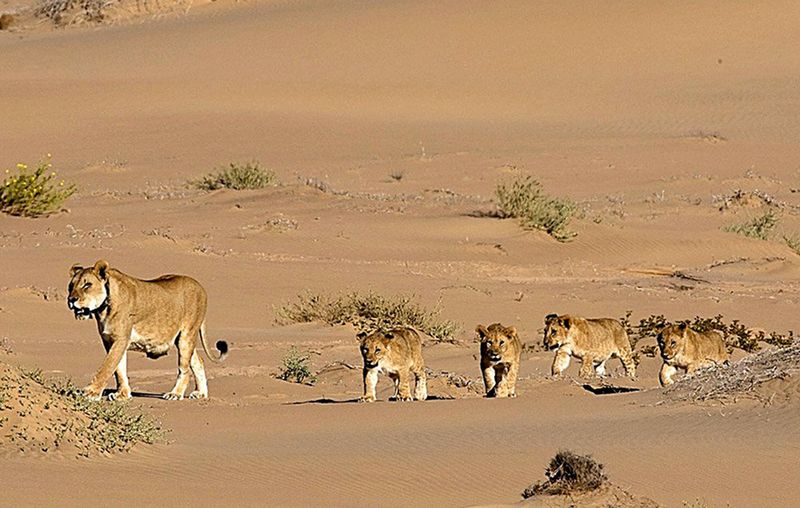
In the golden sands of Namibia, lions have adapted to endure extreme conditions. Their paws, surprisingly large, act like natural snowshoes on the soft sand.
They can walk miles in search of prey, driven by instincts as old as the desert itself. These adaptations show their impressive resilience.
2. Hunting Strategy
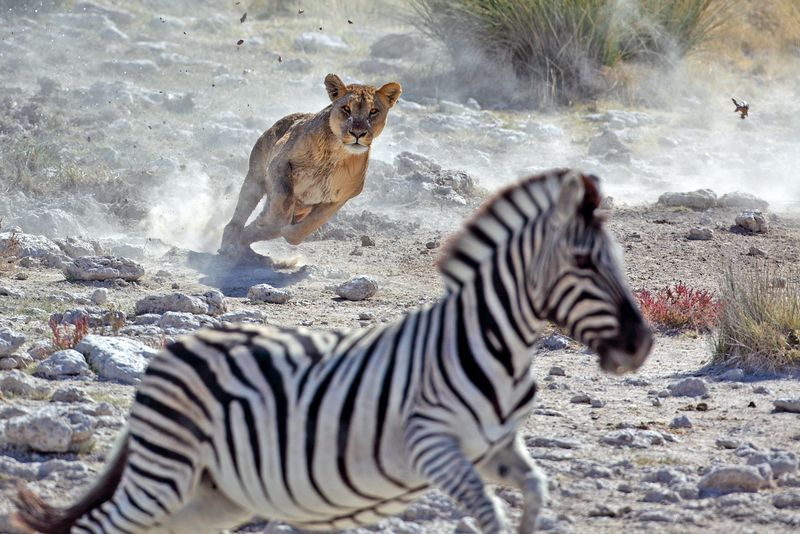
With stealth and a strategy as complex as any chess game, desert lions hunt with precision. They utilize the sparse vegetation, becoming nearly invisible until the perfect moment to strike arrives.
This cunning approach ensures they conserve energy in the relentless heat, showcasing their survival skills.
3. Water Conservation
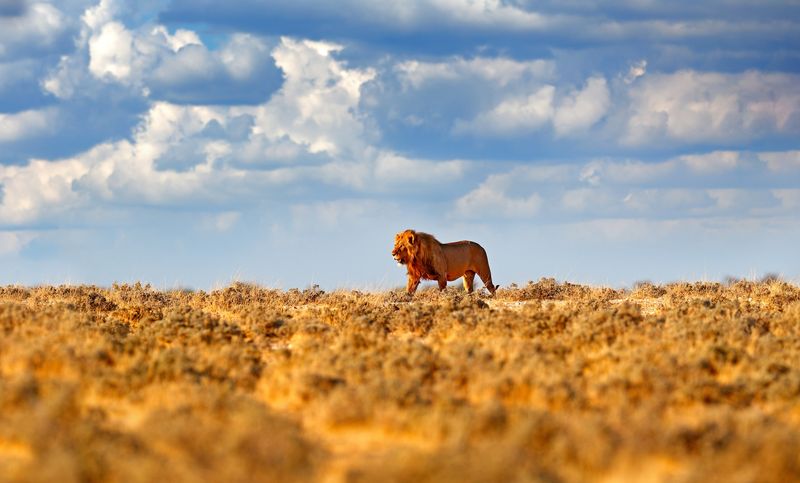
These lions have evolved to survive with minimal hydration. They extract moisture from their prey and cleverly use the scarce resources available.
This remarkable ability to conserve water is pivotal to their survival in such an unforgiving environment.
4. Social Structure
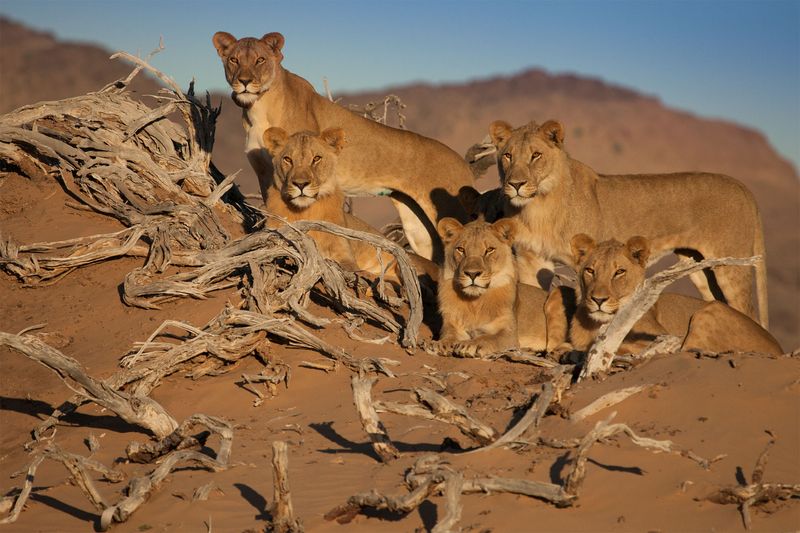
Strong family bonds lie at the heart of desert lion life, creating a foundation for survival. Cooperation within the pride allows them to hunt efficiently and protect each other.
Social cohesion gives desert lions a powerful edge in a habitat that challenges even the toughest creatures.
5. Communication Skills
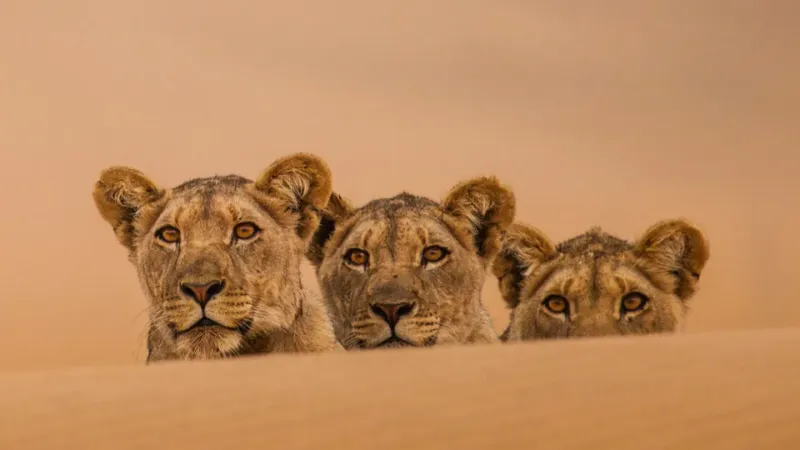
Communication is a lifeline for desert lions, who use unique vocalizations to send messages across vast landscapes. Roars and subtle sounds create a language that keeps the pride connected and alert to threats.
Mastering vocal skills is essential for surviving and thriving in the expansive desert terrain.
6. Temperature Regulation
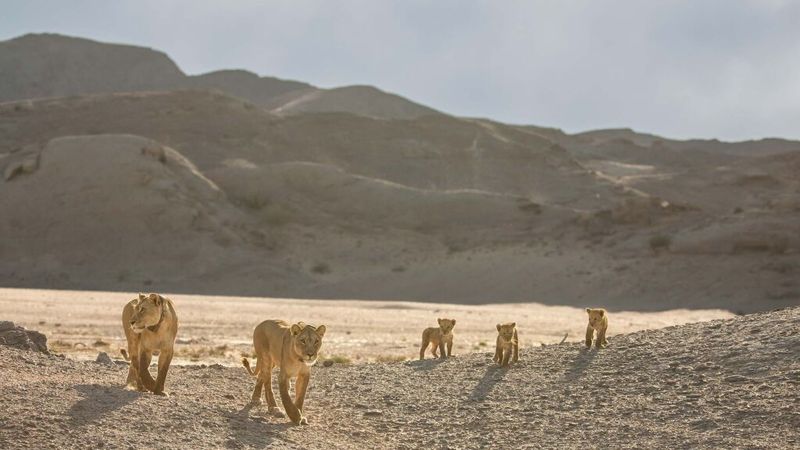
The desert heat is brutal, but lions have mastered temperature regulation. They find shade during the day, becoming active at cooler times.
Panting and resting help maintain their body temperature, proving their adaptability. These behaviors are key to surviving the punishing conditions.
7. Night Vision
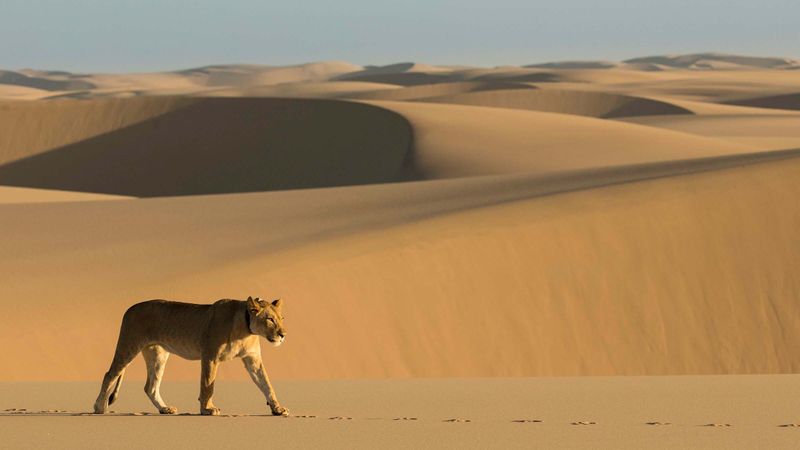
With eyes that pierce the darkness, desert lions have exceptional night vision. This adaptation allows them to hunt under the cover of night, avoiding the day’s heat.
Their ability to see in near darkness is a testament to their evolution, giving them an edge in their nocturnal world.
8. Prey Adaptation
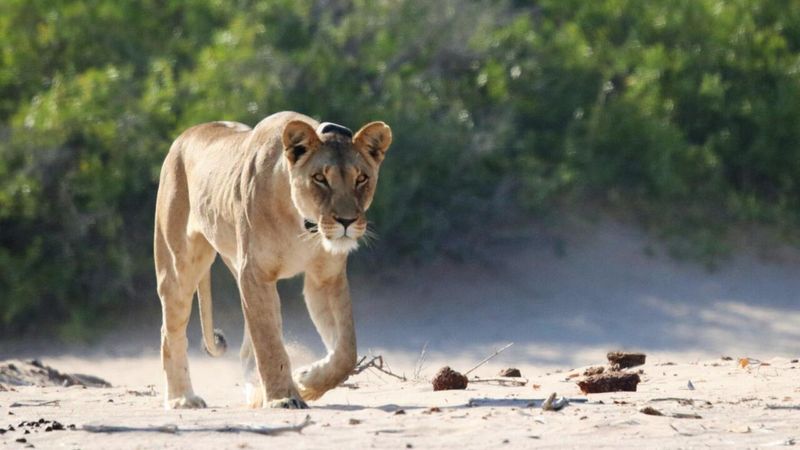
In a land of scarcity, lions have adapted their diet to include a variety of prey. From antelope to smaller mammals, their menu is as diverse as the desert itself.
This flexibility ensures they find sustenance, no matter the circumstances, highlighting their resourcefulness and survival instincts.
9. Adaptable Diet
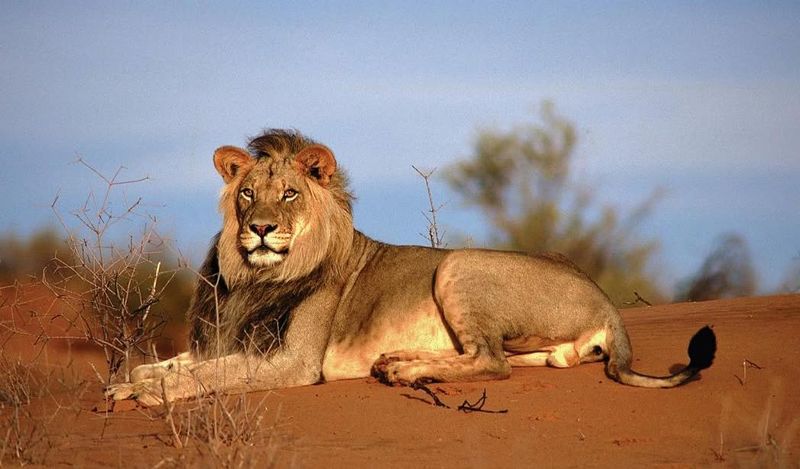
Adaptability defines a desert lion’s diet, shifting based on what the environment offers. Scarce prey and harsh conditions push them to seize any opportunity for a meal.
Dietary flexibility ensures they survive long stretches without consistent food, proving just how resilient they are.
10. Patience And Persistence
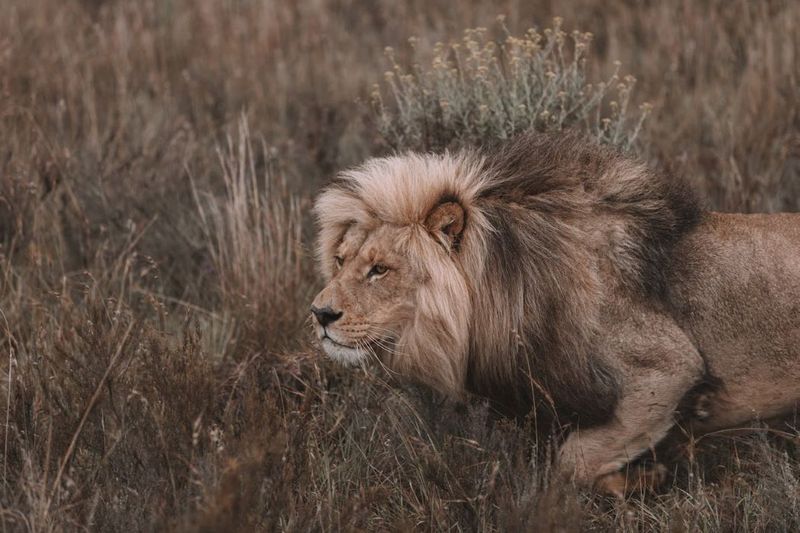
Patience is a virtue, especially for desert lions. Hunting requires persistence and an unyielding focus. They may wait for hours, even days, for the right moment to pounce.
This perseverance is not just a tactic but a necessity, as it ensures they conserve energy and maximize hunting success.
11. Territorial Knowledge
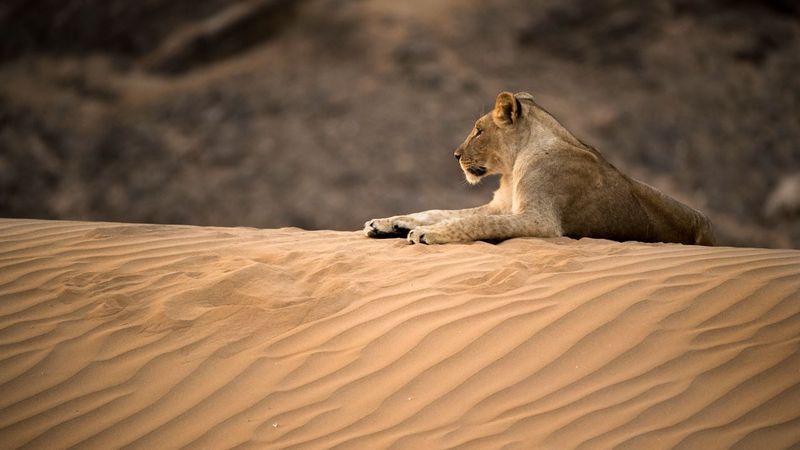
Understanding their territory is crucial. Desert lions have an innate knowledge of their expansive range, moving strategically to access resources.
This territorial intelligence aids in navigation and survival, providing them with the upper hand in a challenging environment that demands respect and cunning.
12. Camouflage
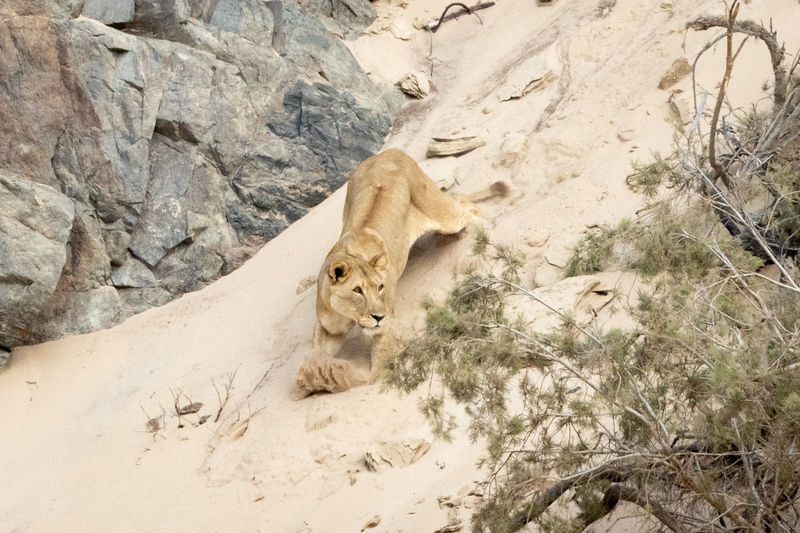
Nature’s disguise artist, the desert lion’s fur blends seamlessly with the sandy landscape. This camouflage is vital, allowing them to approach prey unnoticed.
It’s a masterful adaptation showcasing the balance between predator and environment, playing a crucial role in their hunting success.
13. Resourceful Behavior
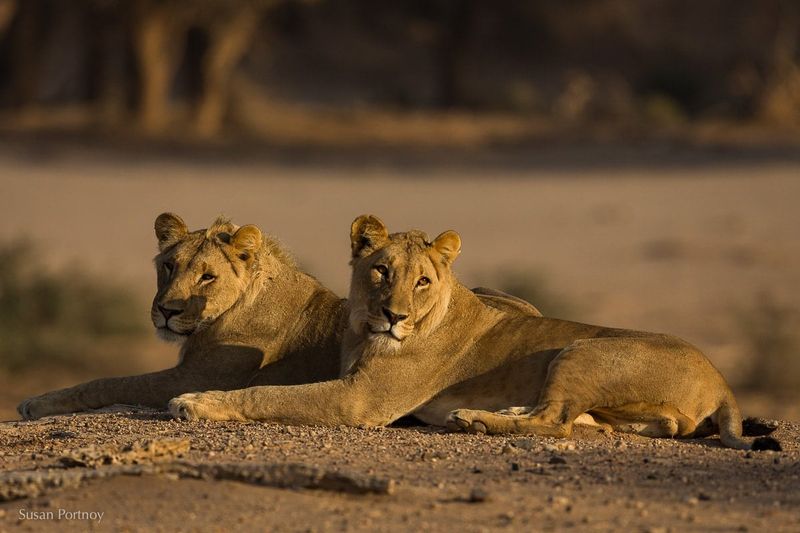
Survival in the desert demands ingenuity, and desert lions rise to the challenge. Digging for cooler ground offers a simple yet brilliant way to escape the heat.
Creative use of the landscape showcases remarkable intelligence and adaptability in one of the world’s harshest environments.
14. Family Bonds
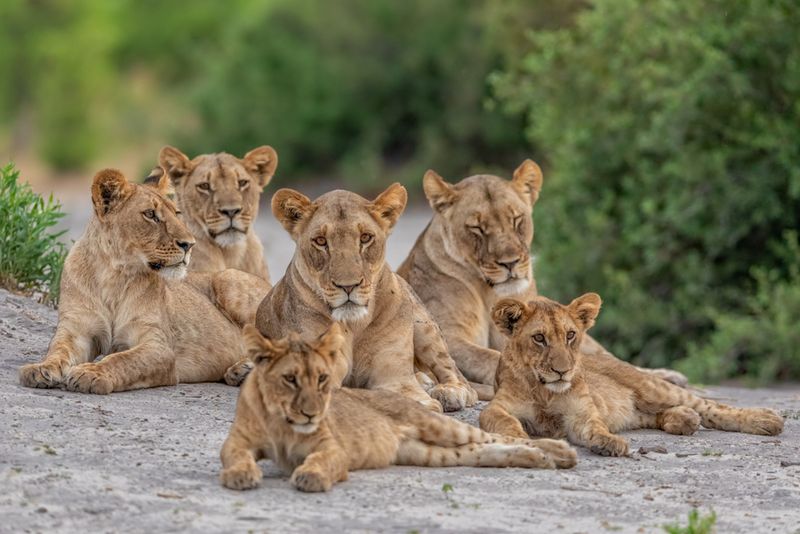
Desert lions maintain strong bonds, which are essential for survival. These relationships provide support and protection, ensuring the pride thrives.
From playful interactions to cooperative hunting, their family dynamics are a testament to the power of teamwork in the wild.
15. Survival Instinct
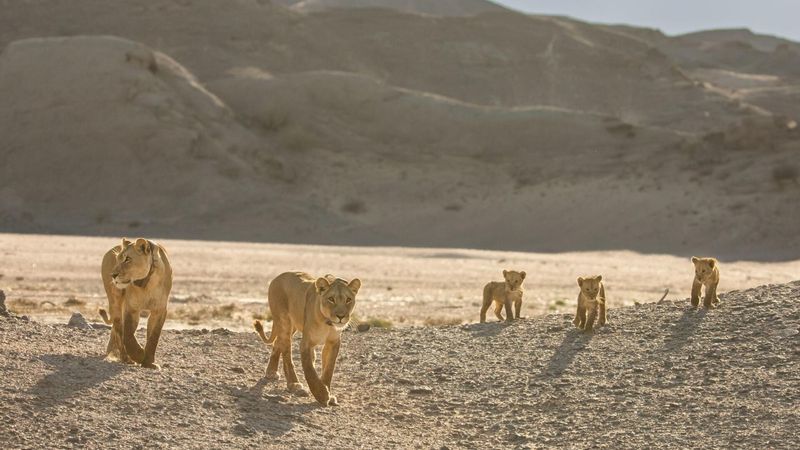
Born survivors, these lions possess an instinctual drive that guides them through adversity. Whether facing weather, scarcity, or predators, their survival instinct is ever-present.
This innate ability to overcome obstacles is a defining trait, allowing them to endure the harshness of desert life.
16. Unique Physiology
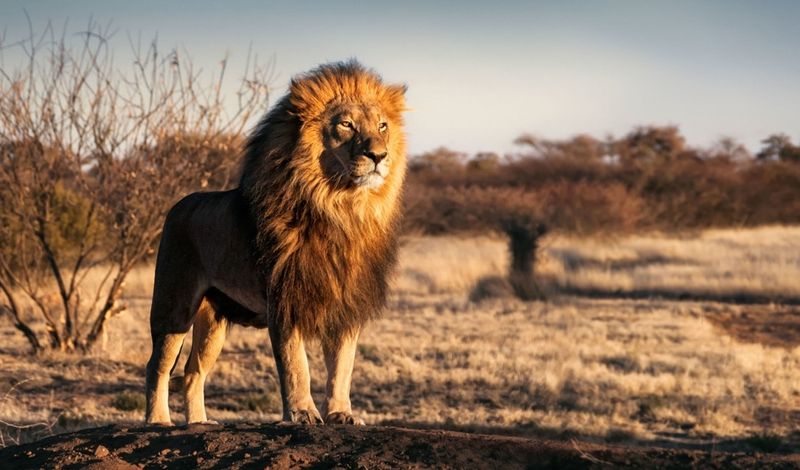
Desert lions are a physiological wonder, built to survive extreme heat. Specialized features like sun-reflecting fur and toughened pads help them navigate the scorching sands.
Physical traits like these stand as proof of the incredible evolutionary journey desert lions have mastered.
17. Historical Significance
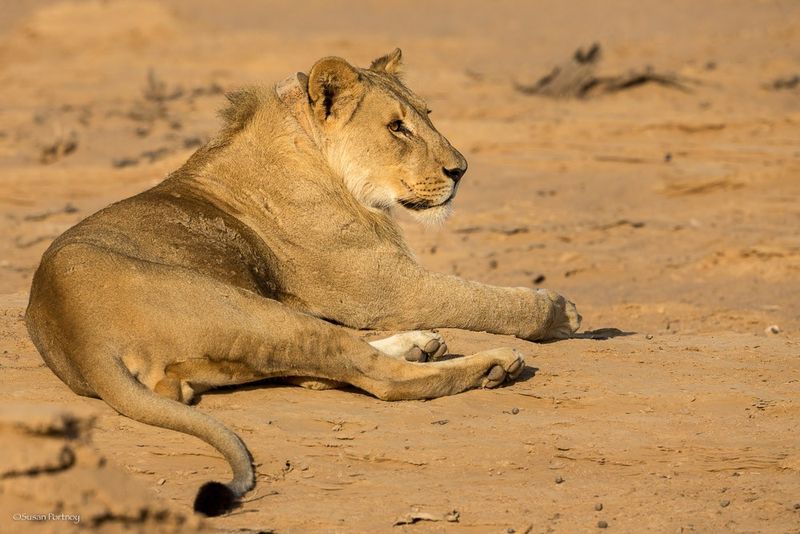
Did you know these lions have a history intertwined with Namibia’s cultural heritage? Revered and respected, they symbolize strength and resilience.
Their presence in folklore and tradition highlights their impact on the region, adding a layer of cultural richness to their biological significance.

